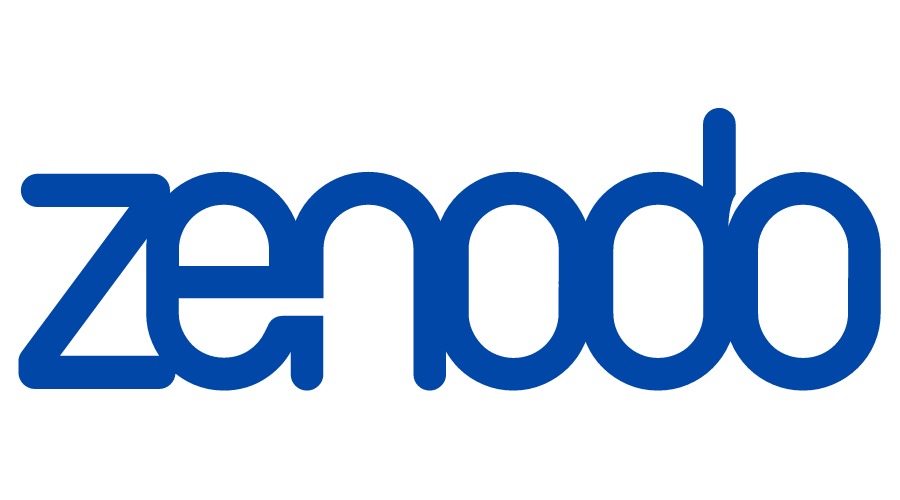International Journal of Contemporary Research In Multidisciplinary, 2025;4(5):292-297
Effects of Credit Risk Management on The Profitability of Savings and Credit Cooperatives (Saccos): A Case Study of Thyolo Teachers Sacco, Mudi Sacco, And Plc Group Sacco
Author Name: Memory Harneck Chisale; Dr Sweydham Maheswarn;
Paper Type: research paper
Article Information
Abstract:
This study investigates the impact of credit risk management practices on the profitability of Savings and Credit Cooperative Organizations (SACCOs) in Malawi, focusing on Thyolo Teachers SACCO, Mudi SACCO, and PLC Group SACCO. Despite challenges such as non-performing loans, liquidity constraints, and rising loan demand, empirical evidence on the relationship between these factors and SACCO profitability remains limited. Using a quantitative research design and data from 92 purposively sampled staff members, the study employed descriptive statistics, correlation, and regression analysis. Findings revealed no statistically significant relationship between non-recovered loans, loan amounts, liquidity, and modern credit risk monitoring methods with SACCO profitability. However, descriptive insights highlighted moderate staff consensus on the relevance of recovery mechanisms, liquidity management, and digital monitoring tools. The study concludes that SACCO profitability is more strongly influenced by loan portfolio quality, operational efficiency, and comprehensive risk mitigation strategies. Recommendations include strengthening loan recovery, enhancing credit appraisal, implementing structured liquidity systems, and fully integrating digital credit risk monitoring tools.
Keywords:
SACCO profitability, credit risk management, non-recovered loans, liquidity, loan amounts, digital credit monitoring.
How to Cite this Article:
Memory Harneck Chisale,Dr Sweydham Maheswarn. Effects of Credit Risk Management on The Profitability of Savings and Credit Cooperatives (Saccos): A Case Study of Thyolo Teachers Sacco, Mudi Sacco, And Plc Group Sacco. International Journal of Contemporary Research in Multidisciplinary. 2025: 4(5):292-297
Download PDF


